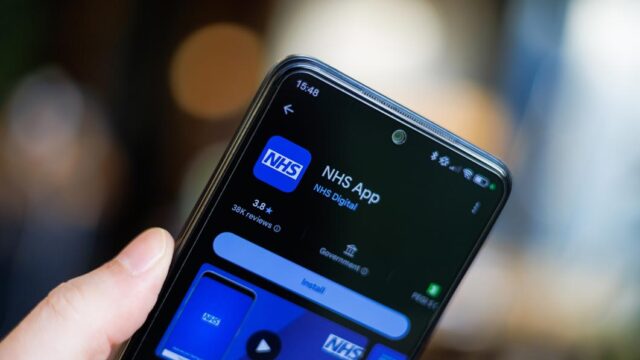Advertisment
Ivermectin – is it safe and effective?

The best time to administer ivermectin is at the beginning of a covid-19 infection so that virus is killed and disease progression averted, according to Colleen Aldous, Professor for Medical Research, University of KwaZulu-Natal.
Professor Aldous has examined the safety of ivermectin carefully. “Right from the beginning I’ve looked at the safety and tolerability of the drug”, she says. The (WHO) VigiAccess database has not recorded any additions and there has been no increase over the 25 deaths reported long ago “so it’s a very safe drug”.
She recalls that early in the pandemic in South Africa “two members of a family took a very large dose of veterinary ivermectin…… and they ended up being hospitalised; the effects were transient – within a week they were fine”.
The possibility of long-term liver disease has been mentioned but does not appear to be supported by evidence “I’ve done my research – I’ve looked for the papers, I’ve looked in VigiAccess, I cannot find anything on severe liver damage. In fact, I think it’s one of the safest drugs we come across …… if you compare it to aspirin it’s a very safe drug, very well tolerated”, she says.
Clinical practice also bears this out: “As you know, people like [Dr] Jackie Stone would often use very high doses ….. She gave them high doses of ivermectin in order to get the [oxygen] desaturation sorted out and the worst side effect she saw there was blurred vision, which was transient”, says Professor Aldous.
Clinical effects of ivermectin
Some 20 different mechanisms of action have been described – some of which are direct effects on the virus whilst others “help the system to fight it”. Ivermectin also has anti-inflammatory effects.
Two particular mechanisms of action are important – the fact that it kills the virus and that it either prevents hemagglutination or it reverses hemagglutination – as shown in the Boschi paper, says Professor Aldous. “So I would say that the best window to use Ivermectin is at the beginning of the viral infection – [at the] infective stage”, she adds.
In many trials the best window for ivermectin treatment had already passed when the treatment was started. Of course, there could still have been marginal improvements, because of the drug’s other actions, she acknowledges. “Use ivermectin right at the beginning and address the virus and then there’ll be no progression”, she emphasises.
It is difficult to say from the results of [the SAIVE] trial what would have happened had ivermectin been used routinely for early treatment of covid-19 from the early days of the pandemic. “It’s hard to say exactly how many people’s lives would have been saved because this trial was carried out during the Omicron phase, but if there were 72 per cent reduction in infections, it means that if we had given prophylaxis to many people they would not have gotten sick or they’d have got mildly sick – and if they didn’t get sick they wouldn’t have progressed to death”, says Professor Aldous.
The figures from Uttar Pradesh (India) where ivermectin was routinely used for early treatment and prophylaxis, bear this out she notes.
“Let’s forgive everybody for running around not knowing what was going on in 2020 but from 2021 we could have made a ‘type 1 error’ decision and started using ivermectin and prevented at least 72 percent of the disease. And if we go on figures that come from the TOGETHER trial ….we would’ve had a 58 per cent reduction in mortality”, she concludes.
Read and watch the full series on our website or on YouTube.









